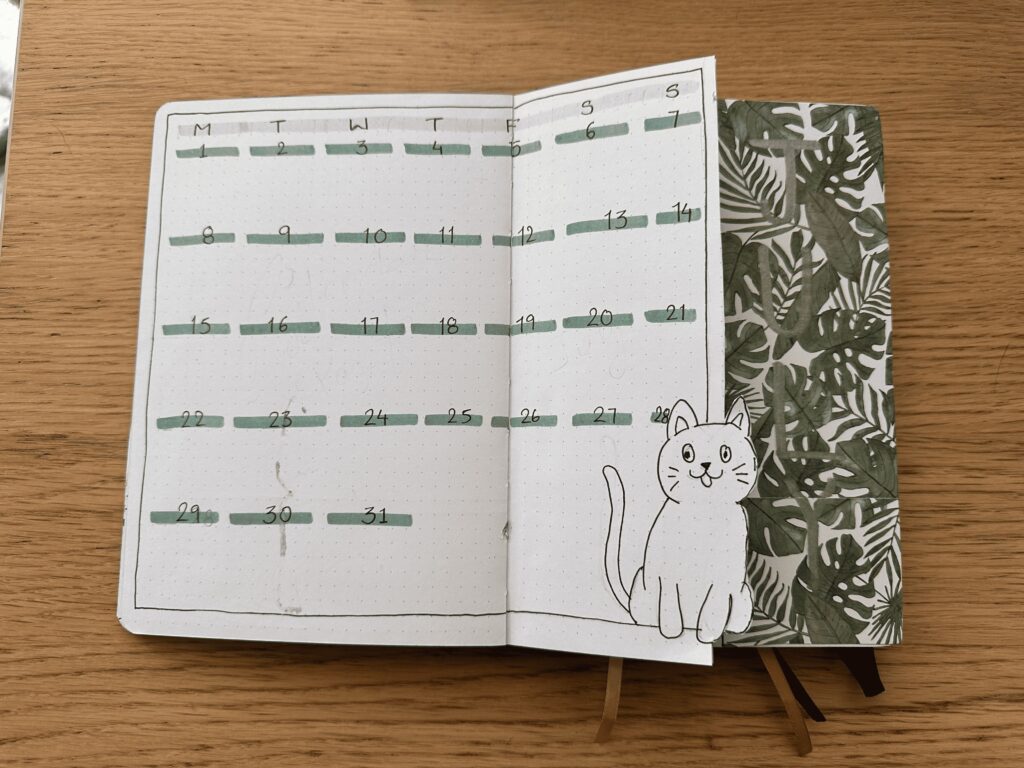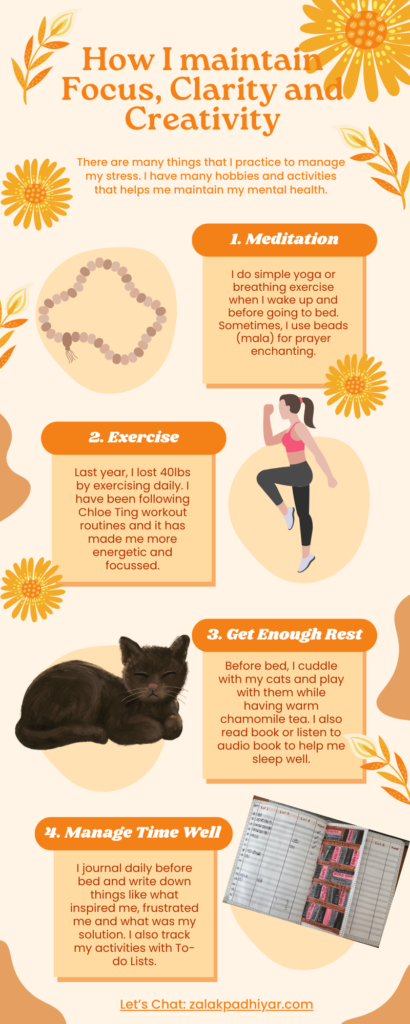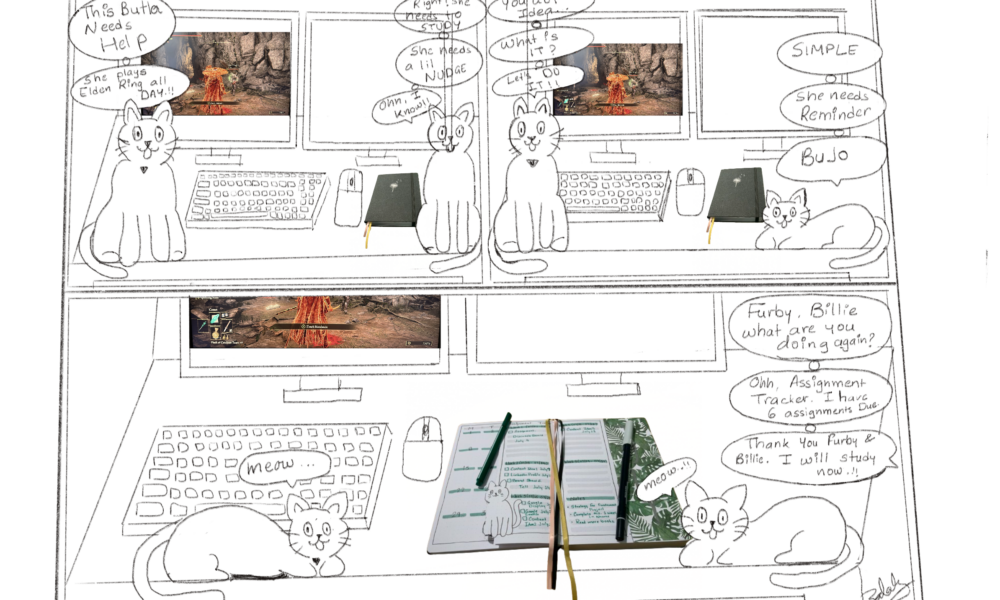Imagine a planner, a diary, a to-do list, and a creative canvas—all in one. That’s the magic of a bullet journal. Whether you’re a productivity junkie or a doodle-loving daydreamer, designing your bullet journal is the first step toward making your life more organized and inspiring.
Bullet journaling isn’t just about writing down what you need to do. It’s about designing a system that reflects you—your lifestyle, your goals, your creative flair. Whether you’re just getting started or revamping your current layout, this guide will walk you through the basics of designing a bullet journal from scratch. We’ll talk tools, page ideas, layout tips, and how to actually make your journal something you’ll love to use every day.
1. Start with the Basics: What Is a Bullet Journal?
- Quick overview of Ryder Carroll’s original method
- Key concepts: Index, Future Log, Monthly Log, Daily Log
The bullet journal, created by Ryder Carroll, is a customizable system designed to help you track the past, organize the present, and plan for the future. It uses a simple method of bullets and symbols to categorize tasks, events, and notes. Core components include the Index (a table of contents), Future Log (for long-term planning), Monthly Log (to organize each month), and Daily Log (for everyday entries). It’s flexible, forgiving, and completely adaptable to your needs.
2. Pick Your Tools: What You’ll Need
- Notebook types (Leuchtturm1917, Moleskine, Archer & Olive, etc.)
- Pens, markers, rulers, washi tape, and stickers (optional but fun!)
The beauty of bullet journaling is that you don’t need fancy supplies—just a notebook and pen will do. Popular notebook options include the Leuchtturm1917, Moleskine, and Archer & Olive, all loved for their durability and dot grid layouts. Add personality and function with colored pens, highlighters, rulers, washi tape, stickers, or even stencils. Choose tools that inspire you but remember: simplicity is powerful too.
3. Create Your Foundation Layout
- Index and key symbols (bullets, dashes, etc.)
- How to set up a future log and monthly spreads
Start building your bullet journal by setting up your Index page and deciding on the key symbols you’ll use (such as dots for tasks, dashes for notes, and circles for events). Then, create your Future Log to track important dates across upcoming months, followed by a Monthly Log to break down each month’s goals and tasks. These foundational pages will keep your entire system grounded and easy to reference.


4. Designing Your Weekly/Daily Layouts
- Minimalist vs. decorative
- Examples of effective spreads
Weekly and daily spreads are where your bullet journal truly becomes your personal assistant. Some prefer minimalist designs with clean lines and space to breathe, while others love going decorative with doodles, lettering, and themes. You can design by day, by week, or even by task—whatever helps you stay organized and motivated. Try out different formats until you find what works best for your schedule and mindset.
5. Add Personality: Collections & Trackers
- Habit trackers, mood trackers, books to read, goals
- Custom pages that suit your lifestyle (meal plans, gratitude logs, etc.)
Collections are the fun, personal side of bullet journaling. These can be anything from a habit tracker, mood tracker, or reading list, to a spread for vacation plans or goals for the year. Want to meal plan, track your workouts, or record your favorite quotes? Go for it. These custom pages let your journal reflect you—your interests, routines, and dreams.
6. Tips for Staying Consistent
- Don’t aim for perfect—aim for you
- Set a journaling routine that fits into your week
- The key to successful bullet journaling isn’t perfection—it’s consistency. Don’t worry if your lines are crooked or you skip a few days. Focus on creating a system that’s useful and enjoyable. Set aside time weekly to update your spreads and check in with your goals. Whether it’s five minutes a day or an hour every Sunday, find a rhythm that keeps you connected to your journal.
Your bullet journal is more than just paper and ink—it’s your life, organized your way. There’s no right or wrong way to design one, so let your creativity guide you. Whether you go full-on artsy or keep things clean and minimal, the most important thing is that it works for you. Now grab your favorite pen, open up that notebook, and start designing the system that keeps your life on track.

